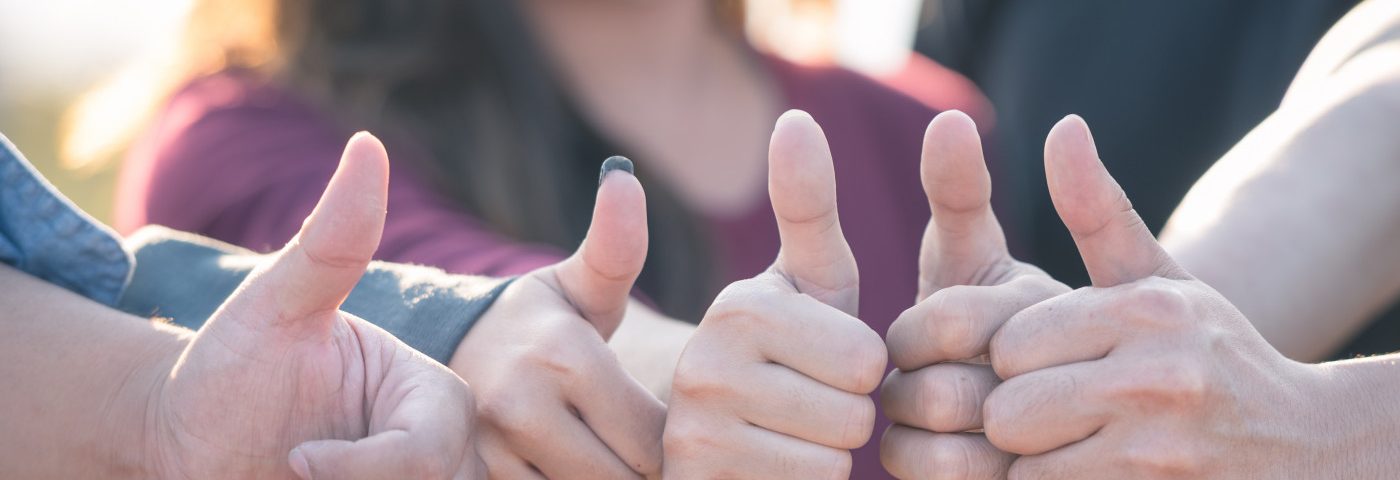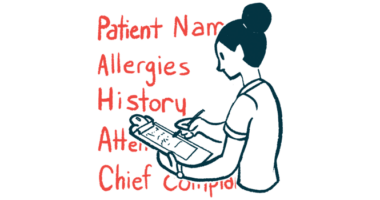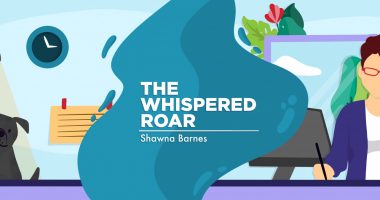We Have More Similarities Than Differences

As a part of the rare disease community, I interact with many people who have unique differences to what society deems “normal.” They may have ports or permcaths, feeding tubes or nasogastric tubes. Perhaps they are in a wheelchair or walk with a limp. They may have an invisible illness until you dig a little deeper, or their condition may be apparent as you catch a glimpse of their face as they try to hide from the stares behind their hair.
When I had to wear a medical mask in public, I was stared at, laughed at, and spoken about in not-so-hushed tones. I dreaded going out. My husband hated the way people would openly gape or giggle behind their hands. I was asked if I thought I was cool and if my mask was a fashion statement. And then when I lost my hair, well, that was scary enough without facing those looks in which they walk past you and then do a double take, thinking that you can’t see them.
While I have had negative experiences, I also have had many positive ones. I have been told by strangers that my eyes are beautiful and that I can pull off this new look. An elderly woman grabbed my arm as I walked past her and told me that I must keep fighting. I’ve had cashiers share a joke with me and make me feel better about myself.
Some of the weird comments I’ve heard are, “Do you know you can shave your head for cancer?” Why, thanks. That’s so kind. But I have no hair to shave. “You should dye your hair!” Don’t you mean my skin? There is no hair to dye! Or the best (I did feel sorry for this one), “Congratulations ma’am, you get a free shampoo and conditioner with your purchase for being a loyal customer.” I looked at her, giggled, and said she could give it to the lady behind me. And lastly, a child asked his mother why I didn’t have hair. She replied that some girls like to shave their head because they think it looks nice.
These experiences have made me realize that we need to be more open about our journeys, and encourage people to ask questions and to allow their children to do the same. I am excited about the little bit of fluff that is growing on my head. Recently while waiting in line, I saw a small child staring at it and I asked if they would like to feel it. They did, and exclaimed, “It’s so soft!” before bouncing away to look at something else.
We need to show parents that they should teach their children about differences, and also the similarities between us. For example, if they see another child in a wheelchair, the parent could say something like, “Yes, they are in a wheelchair because their legs don’t work so well. But look at how well they can draw! Why don’t you go sit next to them?”
If we can see the similarities between us, the differences will not matter. We should be kind to everyone, regardless of how they look. If we work together in a conscious effort, the world will be a much nicer place.
***
Myasthenia Gravis News is strictly a news and information website about the disease. It does not provide medical advice, diagnosis or treatment. This content is not intended to be a substitute for professional medical advice, diagnosis, or treatment. Always seek the advice of your physician or other qualified health provider with any questions you may have regarding a medical condition. Never disregard professional medical advice or delay in seeking it because of something you have read on this website.







Comments